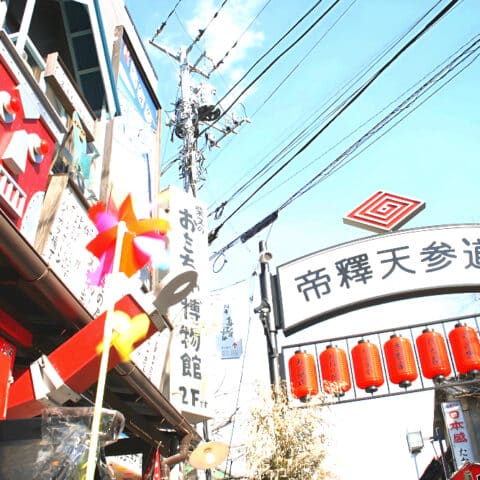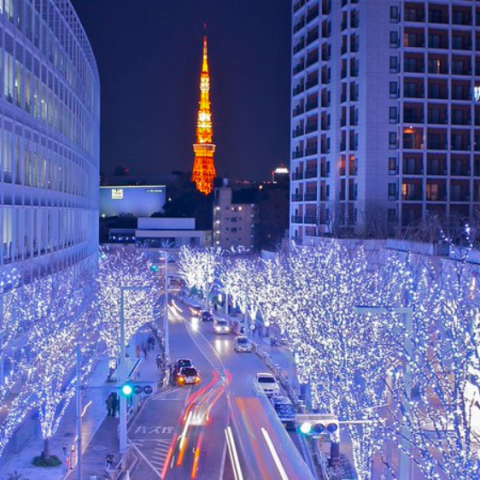
In Japan, there’s a cherished tradition taking place every November when temples and shrines fill with brightly dressed children, proud parents, and an air of festivity. This celebration is Shichi-Go-San — a longstanding Japanese tradition that honors children who have reached the special ages of 3, 5, and 7. Families mark this occasion with visits to shrines, beautiful outfits, and prayers for the health and happiness of their little ones. Though it’s a tradition deeply rooted in history, Shichi-Go-San today is a beautiful blend of old customs and modern family life.

Cute Little Twin Boys Standing on Porch of House Amidst Flowers – Photo Credit: Tran Long
The Origins of Shichi-Go-San
Shichi-Go-San, which literally means “Seven-Five-Three,” began in Japan’s aristocratic circles during the Heian period (794–1185). Back then, infant mortality rates were high, so reaching the ages of 3, 5, or 7 was a big deal and acted as a moment to celebrate survival, health, and growth. It was believed that children were particularly vulnerable to bad spirits, and the rituals of Shichi-Go-San were performed to protect them as they crossed these early thresholds in life.
The celebration spread beyond the aristocracy in the Edo period (1603–1868), when common families also began marking these milestones. What started as protective rituals eventually became a joyous occasion for families across Japan.

Adorable Young Siblings – Photo Credit: Hong Son
How Families Celebrate Today
On or around November 15, you’ll see families dressed in elaborate traditional wear at local shrines. The children, especially, steal the show with little girls in stunning kimonos and their hair elegantly styled with ribbons and hairpieces, and boys in traditional hakama pants. This is a day where Japanese culture’s love for tradition, beauty, and family all come together.
But there’s more to Shichi-Go-San than just looking picture-perfect. Each age has its own special meaning and unique rituals:
3 Years Old
This age is celebrated for both boys and girls. Historically, children’s heads were shaved until they turned 3, so reaching this age marked a moment when they were allowed to start growing out their hair. It’s a symbolic shift from early childhood towards their first steps of independence.
5 Years Old (Boys)
At age 5, boys traditionally wear a hakama for the first time. This pleated skirt-like garment is a key part of formal wear and signifies a move into boyhood and a sense of pride in their family.
7 Years Old (Girls)
When girls turn 7, they graduate to wearing an obi, the broad, formal sash that holds their kimono in place. The obi represents maturity and signals that a young girl is stepping closer to her role as a young lady.

Adorable Twins in Traditional Wear Playing Together – Photo Credit: Hong Son
The Ritual of Visiting Shrines
The core of Shichi-Go-San is the visit to a shrine. Families go to offer prayers for the well-being of their children, asking the Shinto gods for protection, long life, and happiness. While the religious element is a key part of the tradition, it’s also a chance for families to come together, reflect on their children’s growth, and celebrate all they’ve achieved.
During these shrine visits, children often receive Chitose Ame, or “thousand-year candy.” This sweet, long stick of red and white candy symbolizes the hope for a long and healthy life. The candy is usually presented in a beautifully decorated bag adorned with cranes and turtles which are two animals that are traditional symbols of longevity in Japan.
Another lesser-known but deeply important part of Shichi-Go-San is a figure known as Kyanda Myojin. This deity, only celebrated in some regions, is said to offer protection to children and families who pray for safe and healthy growth. The tradition of Kyanda Myojin adds a local flair to Shichi-Go-San in places where this deity’s influence is still strong. Families visiting shrines that honor Kyanda Myojin may offer prayers specifically to this god, asking for continued health and blessings as their children grow. It’s believed that Kyanda Myojin’s protection can guide children through these pivotal ages with safety and prosperity.

Girls Sitting on Stairs – Photo Credit: Quyn Pham
Popular Places to Celebrate Shichi-Go-San
If you happen to be in Japan during Shichi-Go-San, visiting a shrine can be a fantastic cultural experience. Some of the most popular spots for families celebrating Shichi-Go-San include:
Meiji Jingu Shrine (Tokyo)
With its peaceful forested setting, this shrine is a favorite among Tokyo families for its serene atmosphere and rich history.
Hie Shrine (Tokyo)
Known for its strong family ties, Hie Shrine is a popular spot for Shichi-Go-San, often filled with happy families snapping photos.
Fushimi Inari Taisha (Kyoto)
Famous for its endless rows of red tori gates, this iconic shrine sees many families come to celebrate amidst its vibrant, historic beauty.
Sumiyoshi Taisha (Osaka)
Sumiyoshi Taisha hosts its own Shichi-Go-San Festival on November 15th, but it also opens its doors to visitors daily during the season to favor busy schedules.

People Taking Photos of the Kids Wearing Kimonos – Photo Credit: Anton Cherednichenko
A Modern Spin on an Ancient Tradition
Though its roots are ancient, Shichi-Go-San has evolved into a more modern celebration, while still holding onto its rich symbolism. In today’s Japan, the religious aspects may have softened for some, but the sense of family and cultural pride remains strong. For many families, it’s a chance to dress their children in traditional clothing, take professional photos, and create memories. Studios offer special Shichi-Go-San photo packages, making sure that each family has a keepsake of their child at this precious stage.
It’s common for families to make a whole day of the celebration — visiting a shrine, enjoying a meal together, and even heading out to one of the many photo studios to capture the moment. And in true modern style, these photos often find their way onto social media, shared with friends and loved ones, blending tradition with the contemporary.

Girl Sitting with Traditional Fan Behind – Photo Credit: Nam Kem
Why Shichi-Go-San Matters Today
Despite the changes in how it’s celebrated, Shichi-Go-San holds a timeless place in Japanese culture. It’s not just a day to dress up or take cute pictures, rather it’s about honoring the journey of childhood, celebrating growth, and looking forward to the future. In a fast-paced world, Shichi-Go-San offers a pause, a moment to reflect on the past, and a hopeful nod to what’s ahead. For many families, this is one of the few times they’ll come together in such a formal, traditional setting, so Shichi-Go-San allows families to embrace their heritage and create memories that will last long after the children outgrow their kimono. As Japan continues to change and grow, the heart of Shichi-Go-San remains the same; a joyful celebration of the milestones that make childhood so special.
Featured Photo Credit: Balazs Simon
Want to have more fun on your trip to Japan? Join a culinary tour and discover the country as a local!




